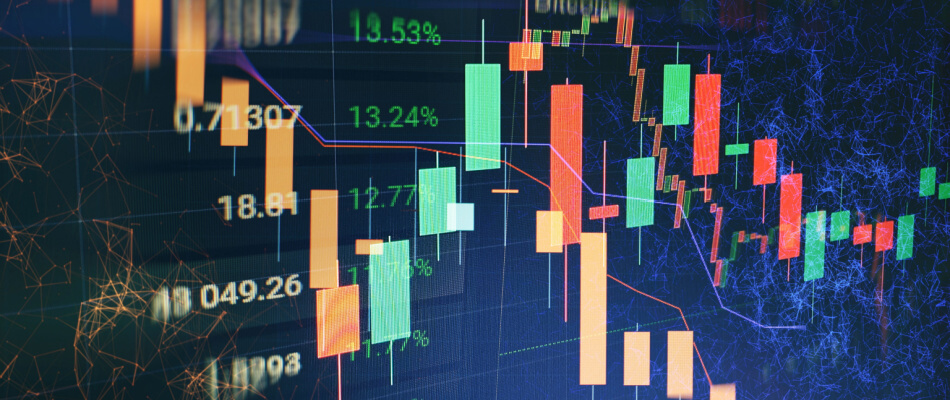Advantages and Disadvantages of Index Investing
In addition to the disadvantages, index investing offers 5 major advantages:
1. Distribution
Firstly, there is a large spread where you do not put your invested money in one company, but spread it over different companies. This also means that you run less risk if something happens in a certain sector or company. Where you often do not have a spread with shares or bonds, unless you buy multiple shares, you do have this with index investing.
2. Costs
Secondly, there are also low costs with index investing . The costs with this form of investing can be kept low because it is about passive investing. There are no expensive fund managers, fund administrators and other analysts involved. This also allows you to achieve a higher return, this is the profit you make, at the end of your investment. And let’s be honest, which investor doesn’t want that? The costs with index investing can often be 2 to 3 times lower than with actively managed funds. So it is definitely worth considering.
3. Transparency
Transparency is also an advantage. Index investments follow a certain index, so you know immediately what you are investing in as an investor. You can also consult the stock market price and the status of your investments at any time you want. In other words, the information is available at any time. Investment funds, on the other hand, have much less transparency about, among other things, the composition and performance of what you want to invest in or are investing in. So you often cannot follow the state of your investment portfolio, which is not always ideal of course.
4. Merchantability
Index investments are also easy to trade , for example at DEGIRO . Such investments are gaining popularity today, which is why more providers are entering the market. The big advantage of this is that such investments are easy to trade, and the costs are also going down. However, the large supply can also work against you, as it can become increasingly difficult for investors to see the differences and to see the forest through the trees.
5. Performance
Finally, the return on index investments is also an advantage, and often an important point for investors. The return on such investments is usually higher than the return on active investments. As an investor, you naturally want to achieve maximum return, because this would mean that you also realize maximum profit. Scientific studies have shown that active investors often perform less than passive investors. The main reason for this is the lower costs associated with passive investments, both in the short term and the long term.
Several performance comparisons also show that more than 50% of active investment funds lag the index.
Disadvantages of Index Investing
But where there are advantages to index investing, there are often disadvantages. This is no different with index investments. A first disadvantage associated with these investments is the market risk . This risk does not specifically refer to the risk of index investing, but rather to all forms of investing. The risk can best be described as a risk associated with fluctuations in stock prices or interest rates. For example, your investment follows a certain index, which can fluctuate and therefore also has an impact on your index investment. When the index rises, this will have a positive impact on your investment. Conversely, this will lead to a loss and negative impact because the value of the investment decreases.
Another disadvantage concerns the different returns . Companies can follow the same stock market barometer and at the same time realize a different return. It is a striking observation that you do not immediately expect. However, it is important to look at this when you want to invest.

Tips for index investing
Finally, there are also some tips that Compareallbrokers.com wants to give you regarding index investing . These tips will make index investing easier for you. Below you will find a summary of the tips:
- Choose a cheap broker for index investing
- Pay attention to other costs such as management fee, performance fee and ongoing costs. These could further increase the actual cost price,
- Google the unique code per investment product and gather information about it. View the Morningstar rating, sector spread as well as the geographical spread,
- Find the index being followed,
- See which companies are in that index and look them up if necessary,
- Also see how many companies are in this index,
- Calculate the weighting of the top 5 companies within that index,
- Please take into account overlap of companies between different indexes,
- Finally, keep it simple and don’t make it too difficult for yourself. If you have more than 5 ETFs in your portfolio, there must be a good reason for it. So definitely don’t do this if you have no experience and just want to try things out. Keeping an overview will then become increasingly difficult and can lead to certain problems in the future.
Compare brokers and start index investing
After reading this article about the advantages and disadvantages of index investing, are you enthusiastic about index investing? Check out which brokers you can invest in indices with and find the broker that suits you best!